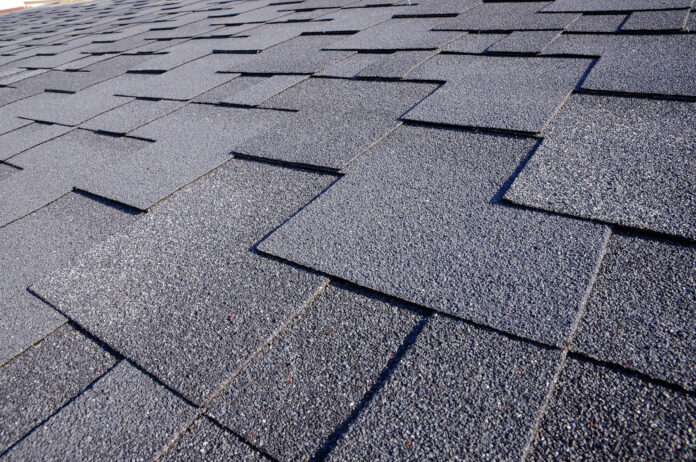When you are choosing the desired roofing material for your home’s roof, it is important to choose the right material. Now, the available options can be broadly divided into two categories – asphalt and non-asphalt shingles. So which one should you choose?
If you are in Oxnard, then you need to consider a range of different factors. You can start by beginning your research online. There are a lot of resources available on the internet, which will guide you in choosing the right roofing material for your home. You can visit our website to learn more about the available roofing materials in Oxnard, the reasons why you should choose them and how to install them in the right way. You can also guidance on how to choose the right contractor who would help you with the roofing project. In this article, we will take a look at some of the common parameters and how these two categories of roofing shingles compare against each other.
Asphalt Shingles: Made from fiberglass or organic materials coated with asphalt and mineral granules.
Non-Asphalt Shingles: Includes a variety of materials such as wood, metal, slate, clay, concrete, or composite materials.
Durability:
Asphalt Shingles: Generally have a lifespan of 15 to 30 years, depending on the type and quality.
Non-Asphalt Shingles: Can have longer lifespans, often ranging from 30 to over 100 years, depending on the material.
Cost:
Asphalt Shingles: They are usually more affordable upfront, making them a budget-friendly option.
Non-Asphalt Shingles: Often more expensive at the beginning due to the cost of materials and installation, but they may offer better long-term value.
Installation:
Asphalt Shingles: Relatively easy and quick to install, making them cost-effective.
Non-Asphalt Shingles: Installation can be more complex, especially for materials like slate or clay, which require skilled professionals.
Appearance:
Asphalt Shingles: They are available in a wide range of colors and styles, but may not provide the same aesthetic variety as non-asphalt shingles.
Non-Asphalt Shingles: Offer diverse looks and styles, from the natural beauty of wood and slate to the modern look of metal or composite materials.
Maintenance:
Asphalt Shingles: Generally low-maintenance, with occasional inspections and repairs needed.
Non-Asphalt Shingles: Some materials, like wood or metal, may require periodic maintenance or sealing to maintain their appearance and performance.
Energy Efficiency:
Asphalt Shingles: They have lower thermal performance compared to some non-asphalt options.
Non-Asphalt Shingles: Materials like metal or reflective coatings can enhance energy efficiency by reducing heat absorption.
Environmental Impact:
Asphalt Shingles: Asphalt shingles may not be as environmentally friendly due to their shorter lifespan and petroleum-based components.
Non-Asphalt Shingles: Some materials, such as wood or clay, are more sustainable and eco-friendly options.
Weather Resistance:
Asphalt Shingles: Provide good weather resistance but can be vulnerable to severe weather conditions like strong winds and hail.
Non-Asphalt Shingles: Offer varying degrees of weather resistance; materials like metal and slate are known for their durability in harsh conditions.
Resale Value:
Asphalt Shingles: May not significantly boost a home’s resale value but are generally accepted by most buyers.
Non-Asphalt Shingles:
It can enhance the aesthetic appeal of a home and potentially increase its resale value, especially premium materials like slate or wood. As you can see, both of the materials have their own advantages and disadvantages. It is important that you visit our website to get more insights into the right choice for your home in Oxnard. It is also highly recommended that you get in touch with a professional roofing contractor to install the material in the right way so to get the desired performance and protect yourself and your family from the elements.








